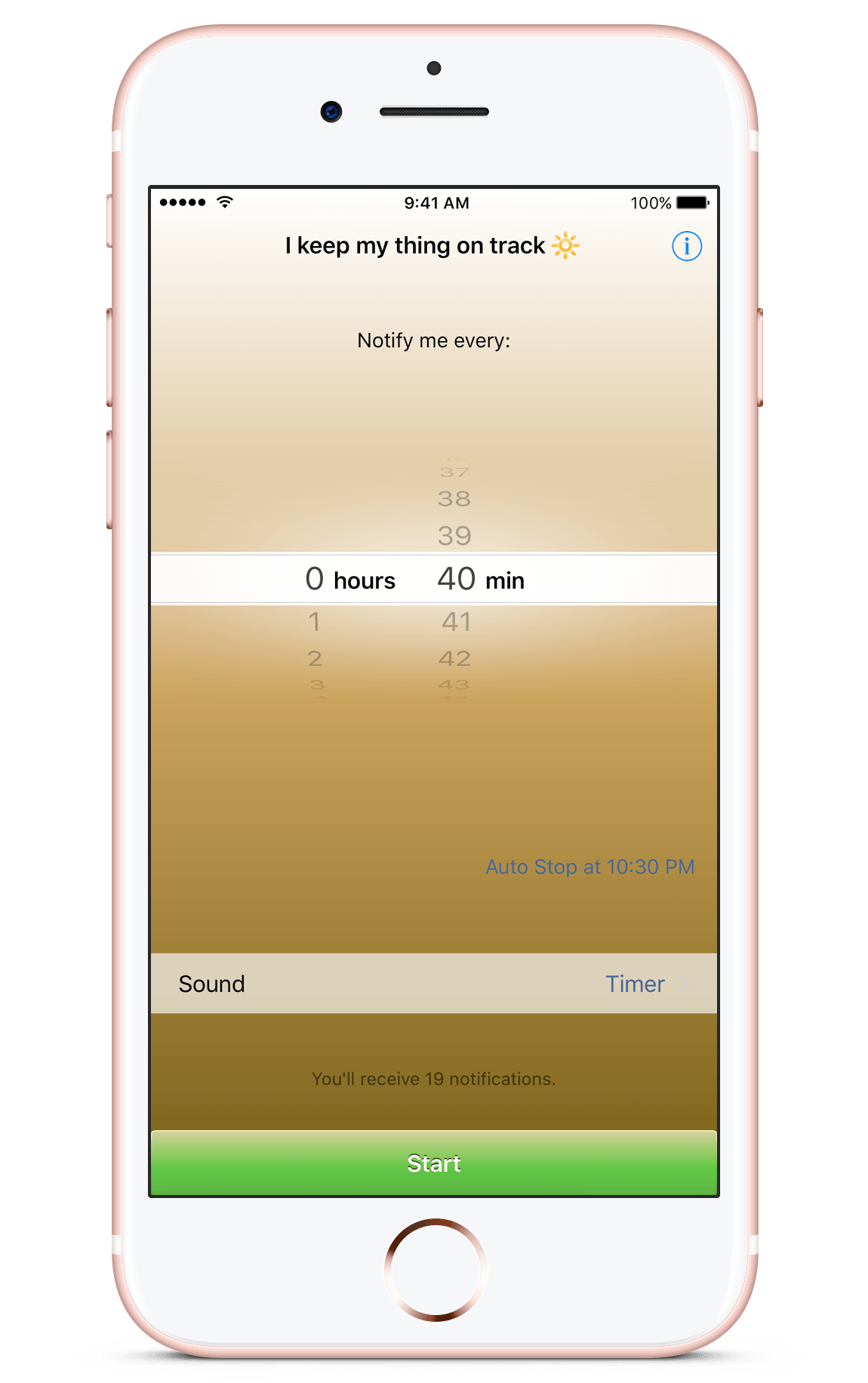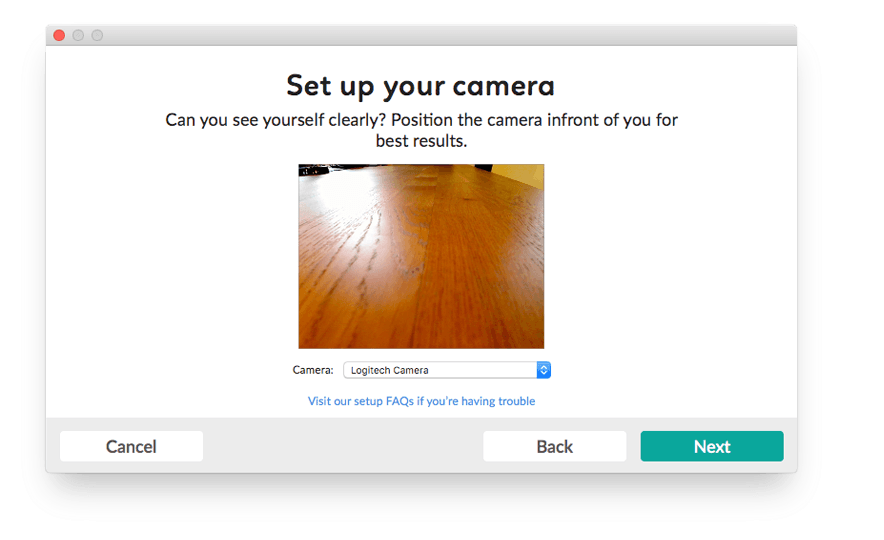Ivan Rublev
I’m an Elixir Engineer
I make backend services in Elixir/OTP and use Phoenix as a Web framework. I apply contemporary technologies like a Phoenix LiveView to implement interactive Web-sites.
I follow Test-first Development, Domain-driven Design principles, and prefer to build backend software using the Hexagonal Architecture by Alistair Cockburn.
Pair and Mob programming combined with individual programming time is the work style I value.
Formerly an iOS and macOS developer and consultant
I wrote apps in Swift and Objective-C with the XCode and used the CocoaPods as the package manager.
In imperative, Object-Oriented programming, I follow SOLID principles and prefer to build software using Clean Architecture by Robert C. Martin.
As for me, following the business value is one of the possible recipes for good software. I prefer to use an Agile software development process.
I’m keen on sharing knowledge and taking part in IT conferences and meetups regularly. Some examples are ElixirConf EU, and hh.ex Hamburg Elixir Meetup.



